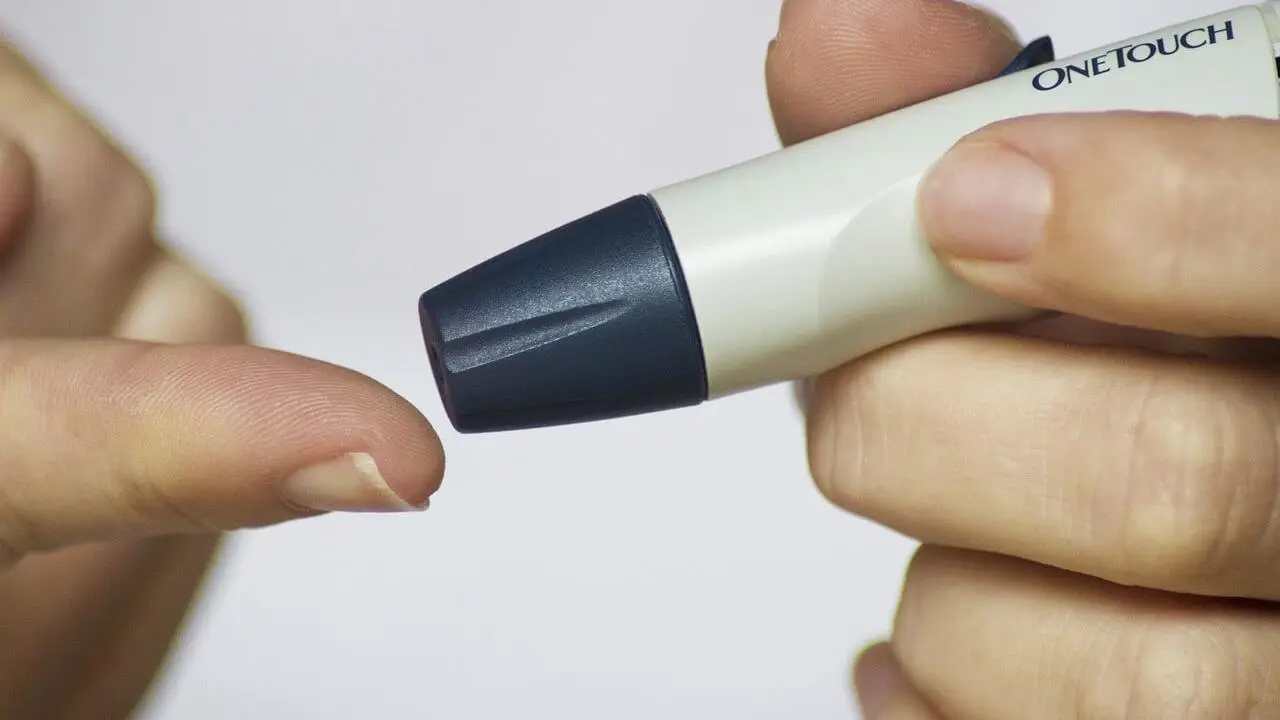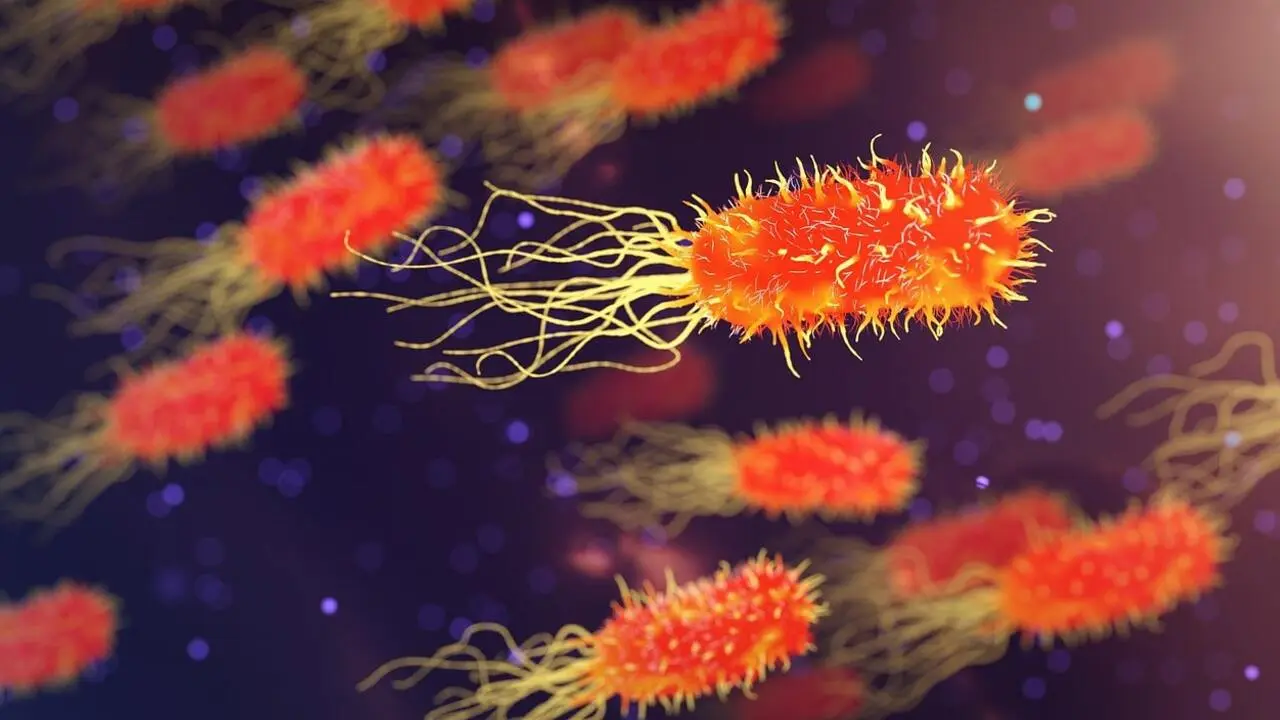The Indian experience shows that a country that earlier used to suffer from communicable diseases only is now increasingly suffering from non-communicable diseases. Due to enhanced urbanization, improved diet, and reduced physical activity, NCDs have turned out to be one of the significant challenges for global health. These diseases are diseases like diabetes, hypertension, and cardiovascular diseases, which are actually preventable diseases but have become rampant in modern societies due to changes in lifestyle. In this particular write-up, we propose to discover the ten most common lifestyle diseases in India, probable causes for the same, ways of avoiding such diseases and ways of controlling or preventing them.
1. Diabetes

Check Out 6 Foods to Avoid on an Empty Stomach
- Causes:
Diabetes is mainly associated with elevated levels of blood glucose attributable to insulin resistance or insulin deficiency. Other risk factors include the general population having high body weight, sedentary lifestyles, high daily sugar intake and a family history of this condition. - Prevention:
Moderation in diet, exercise, and proper weight is one of the ways through which the disease can be prevented. - Management:
Type 2 diabetes may be controlled through blood glucose level checking, weight control, eating habits, and exercise, as well as medication or insulin, if required.
2. Hypertension (High Blood Pressure)
- Causes:
High blood pressure is caused by excessive use of salt, obesity, little exercise, stress and heredity. This, in turn, raises the possibility of developing cardiac problems or arthritis, stroke or even kidney failure. - Prevention:
At least 30 minutes of exercise cut down on the amount you take in, take measures to reduce stress, and keep your weight within a healthy range can help lower hypertension. - Management:
They include dietary modification like avoiding the use of salt, exercising, avoidance of stress, and use of prescribed antihypertensive drugs.
3. Cardiovascular Diseases (CVDs)
- Causes:
Heart diseases such as attacks and strokes are attributed to poor diet, lack of exercise, smoking, and excessive drinking coupled with high stress. - Prevention:
Regular consumption of low-fat foods, exercises, avoiding smoking, taking moderate amounts of alcohol, and dealing with stress are the key preventions. - Management:
CVD requires the reduction of some established risk factors, the use of drugs for the control of hypertension and/or hyperlipidaemia and follow-up with healthcare providers.
5. Chronic Respiratory Diseases (CRDs)

- Causes:
COPD, asthma, and respiratory infections are long-term diseases of the respiratory system that are actually worsened by smoking, air pollution, working conditions, and allergens. - Prevention:
Prevention entails refraining from smoking or exposure to various pollutants and wearing protective gear where there is danger. - Management:
CRDs are treated with medications, changes in the elemental diet plan, and regular appointments with a healthcare provider.
6. Cancer
- Causes:
It may be attributed to predisposing factors such as smoking, inadequate diet, inactivity and carcinogens, including pollutants and radiation. - Prevention:
To prevent the disease, one has to avoid smoking, take proper dietary measures, exercise and go for early detection tests. - Management:
Treatment of cancer or malignant diseases may require surgery, chemotherapy, radiation therapy and other forms of support care.
7. Stroke
- Causes:
Strokes are the results of a failure to supply blood to the brain for various reasons such as high blood pressure, ill control of diabetes, high cholesterol and an unhealthy lifestyle. - Prevention:
The measures are controlling hypertension, adequate control of diabetes, proper dieting, exercising, and refraining from smoking. - Management:
Treatment of stroke requires admission of the patient to hospital, medical treatment, physiotherapy and changes in behaviour to avoid future occurrence.
8. Liver Disease

- Causes:
Fatty liver disease, as well as other liver diseases, are known to result from excessive drinking of alcohol, obesity and viral hepatitis, amongst others. - Prevention:
Practising a balanced diet with no alcohol or any quantity that will cause harm, avoiding weight gain and getting vaccinated against hepatitis can help to keep liver diseases at bay. - Management:
Management consists of changes in lifestyles, the use of pharmaceutical products, and, occasionally, liver transplants.
9. Osteoporosis
- Causes:
There is osteoporosis this is broken bones due to calcium and vitamin D deficiency, lack of exercise, and hormonal imbalances. - Prevention:
Osteoporosis can be prevented by maintaining proper nutrition, taking foods rich in calcium and Vitamin D, taking appropriate exercise, especially that involving weight, and endorsing a proper way of life. - Management:
Therefore, osteoporosis requires diet modifications, specific nutrients and vitamins, physical exercise and medications to enhance bone density.
10. Mental Health Disorders
- Causes:
Mental illnesses such as depression and anxiety stem from stress, sleepless nights, unhealthy bloodstream, and heredity. - Prevention:
To prevent stress, there is a need to manage stress, exercise, have adequate sleep, and seek social support. - Management:
Management involves counselling, drug prescription, changes in behaviour, diet and physical exercise with occasional use of meditation.

Lifestyle diseases present a major threat in the Indian context; which form the sort of diseases that require intervention. The above diseases are mostly brought about by poor lifestyle choices such as poor diet, little or no exercise, and stress. It is, therefore, possible to minimize the prevalence of these diseases by practising such habits and doing proper consultations with physicians when the signs of such diseases appear. Health literacy and preventive health consciousness are key things that need to be done to reverse the tide in the fight against lifestyle disorders in India.
To get more of our exclusive content on Health Care and Lifestyle. Follow us on YouTube and Instagram.





